Source Analyses
This is the student activity 1 of 1 of the Greenway and Macquarie learning activity.
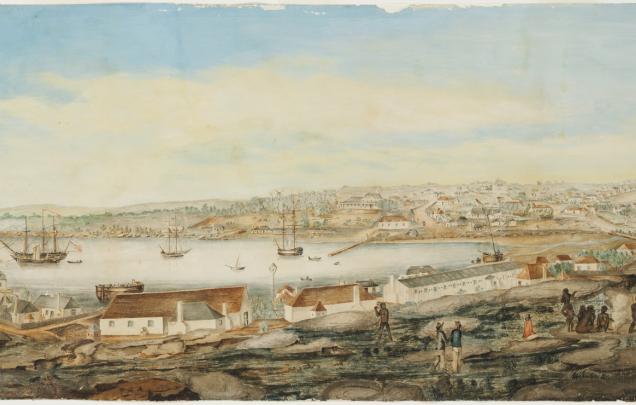
Source Analysis 1
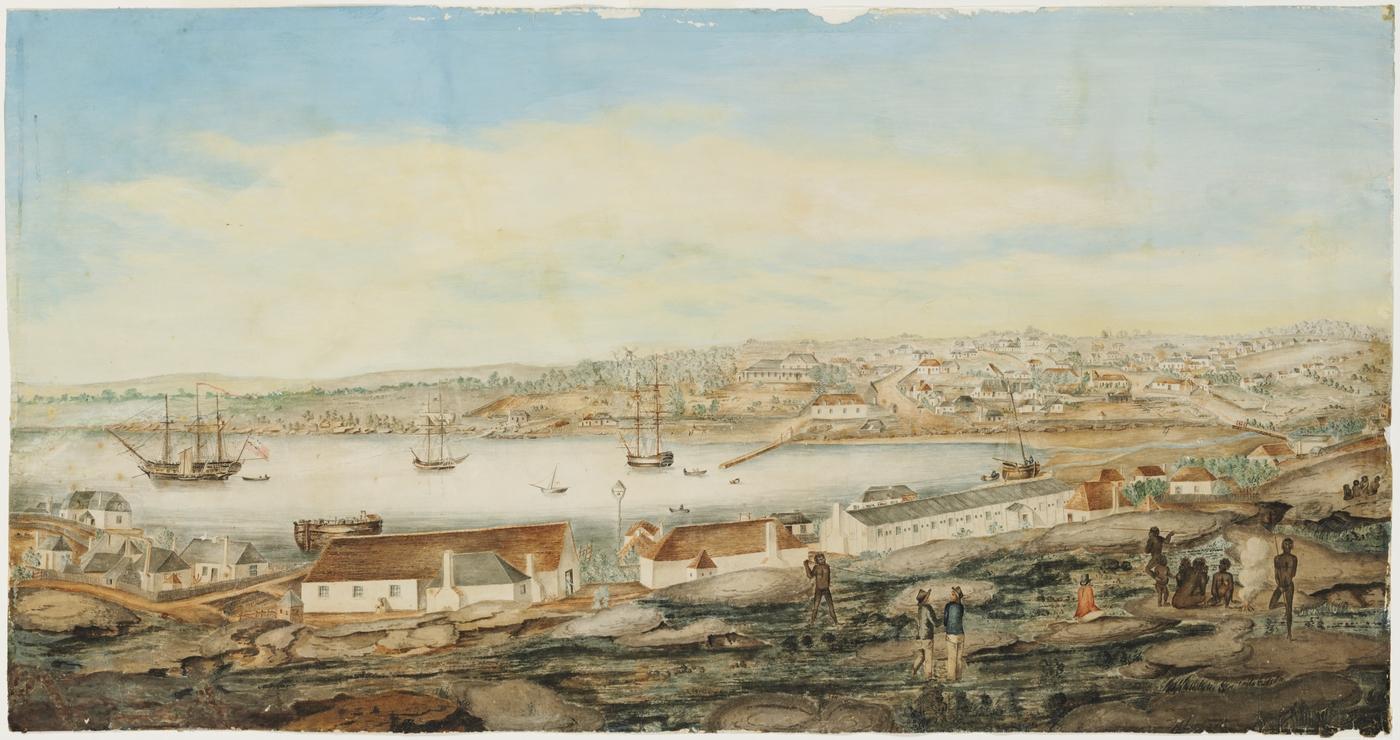
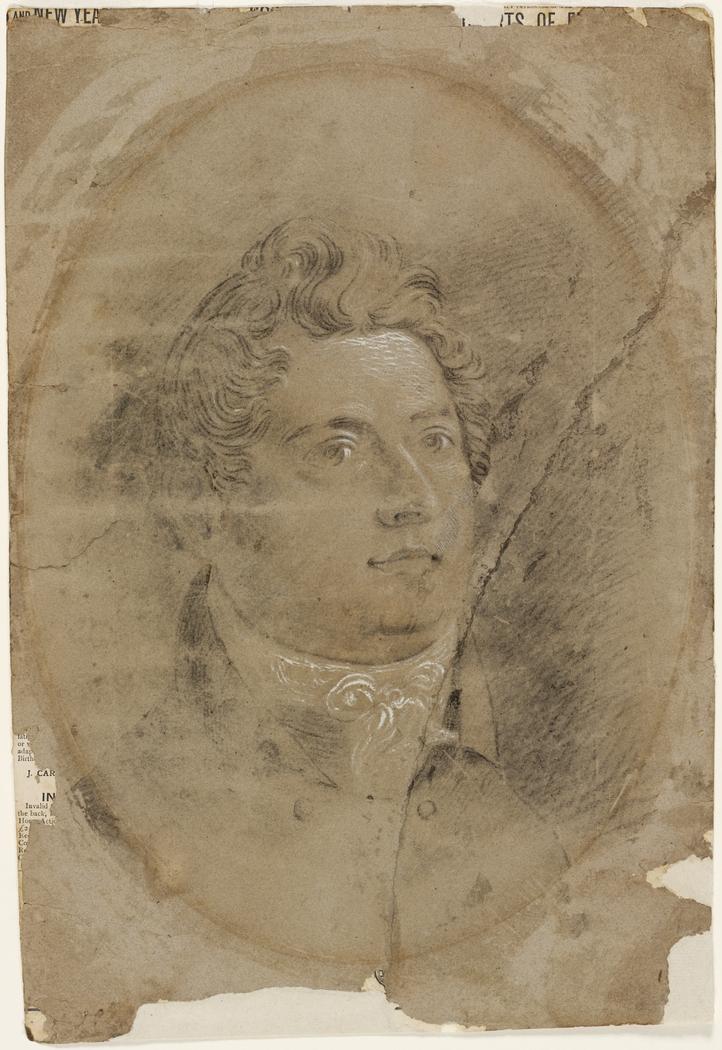
Lachlan Macquarie became the Governor of New South Wales in 1809.
Study the watercolour painting from 1803 below, titled ‘Sydney from the western side of the Cove’.
Answer the following: Who created the painting? When was it created?
Describe what you can see in the image. Look carefully at:
- The buildings (What sizes are they? What would they be used for? What could they be made from?)
- The gardens – how are they the same/different to your backyard?
- The streets (Do you think they were planned or just happened that way. Why? What are they made from? How have they been built? Who would have built them? Why were they built? Who uses them?)
- The people (Who can you see? What sorts of clothing are they wearing? What are they doing? Who is missing?)
Answer the following: Why might this painting have been created? What does this picture tell us about this time in the colony of Sydney?
Imagine you are one of the people in this image, what might it have been like to live in the colony of Sydney at this time?
This image was painted around the same time as Lachlan Macquarie arrived in the colony of Sydney to take up the position of governor. When Macquarie arrived in Sydney he would have seen a scene similar to the one depicted here.
Soon after he arrived, Governor Macquarie started a very large program of building. During the time he was governor (1810–1821) he had 265 new buildings constructed. Macquarie built barracks, forts, courthouses, churches, hospitals and schools, as well as roads and bridges to allow people to move around the colony more easily.
Francis Greenway played a very important part in helping Governor Macquarie to get all those buildings built. Look at his picture, below.
Francis Greenway arrived in Sydney in 1814 as a convict. He had been found guilty of forgery by the courts in England, and had been sentenced to 14 years transportation. However, Greenway was also an architect. Governor Macquarie needed an architect. Very soon after he arrived in Sydney, Greenway was given a ticket of leave, and started drawing plans for the buildings Governor Macquarie wanted built.
Source Analysis 2
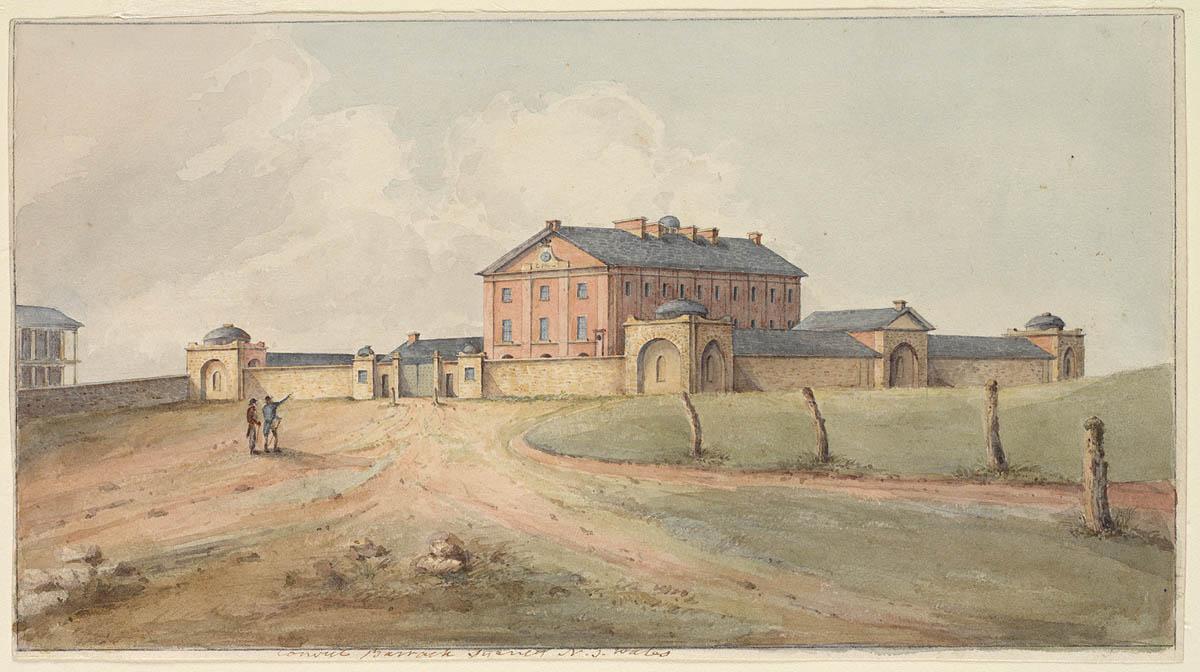
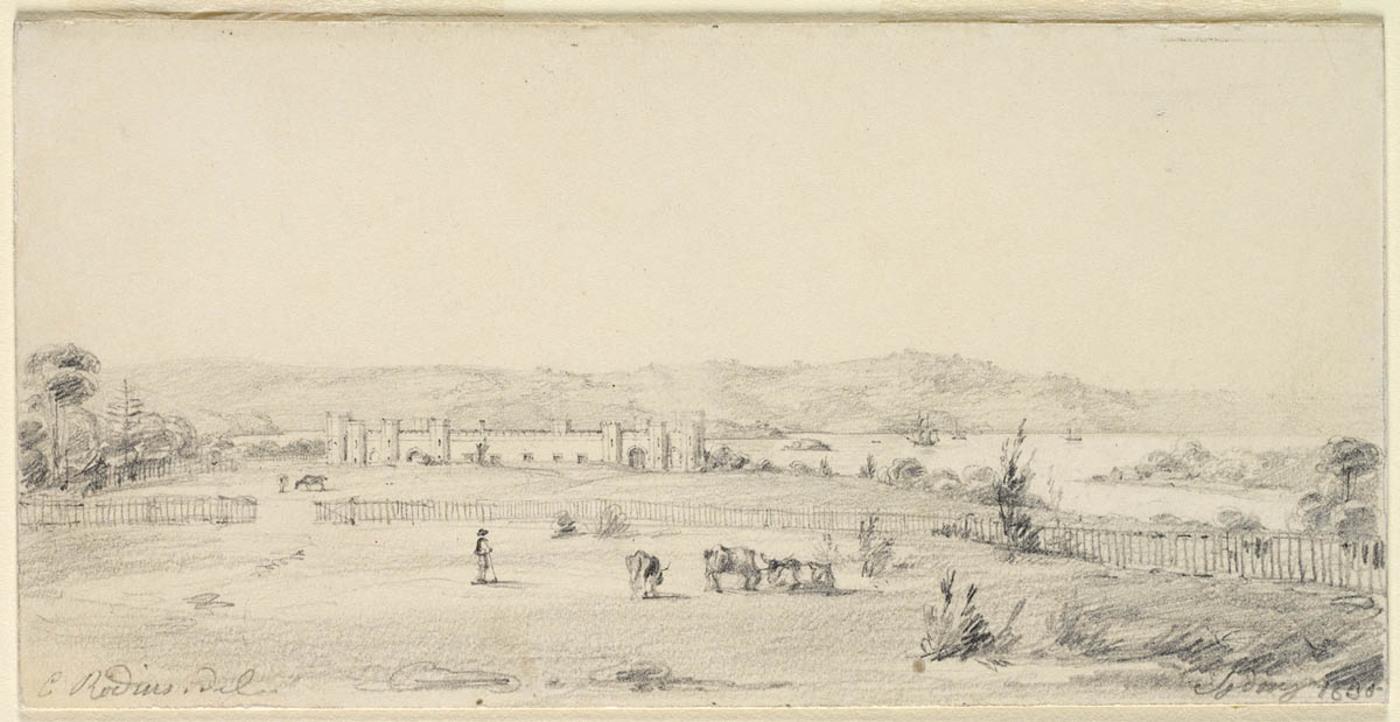
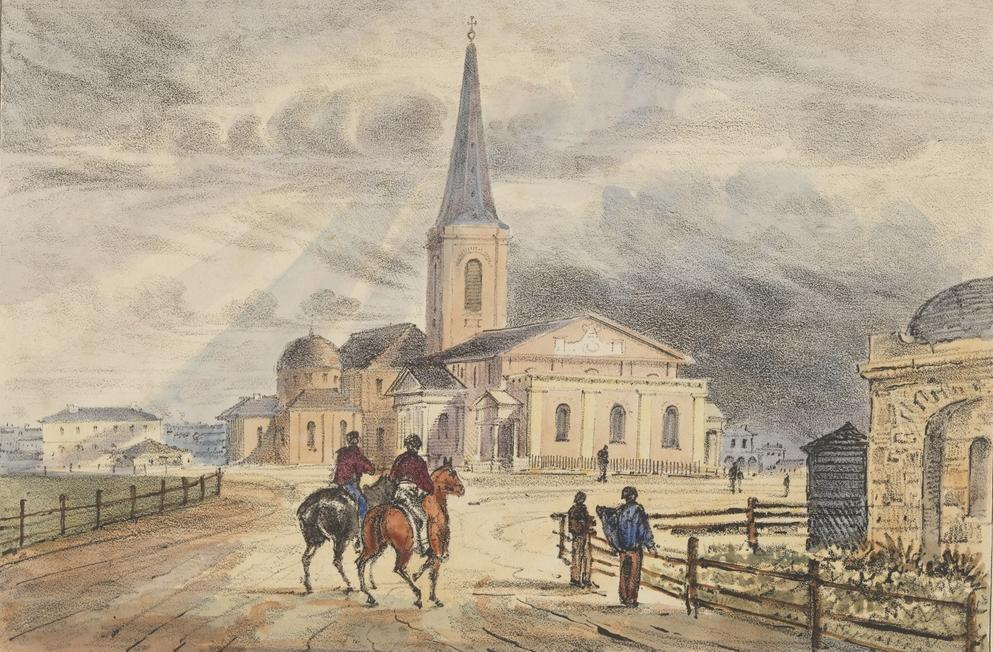
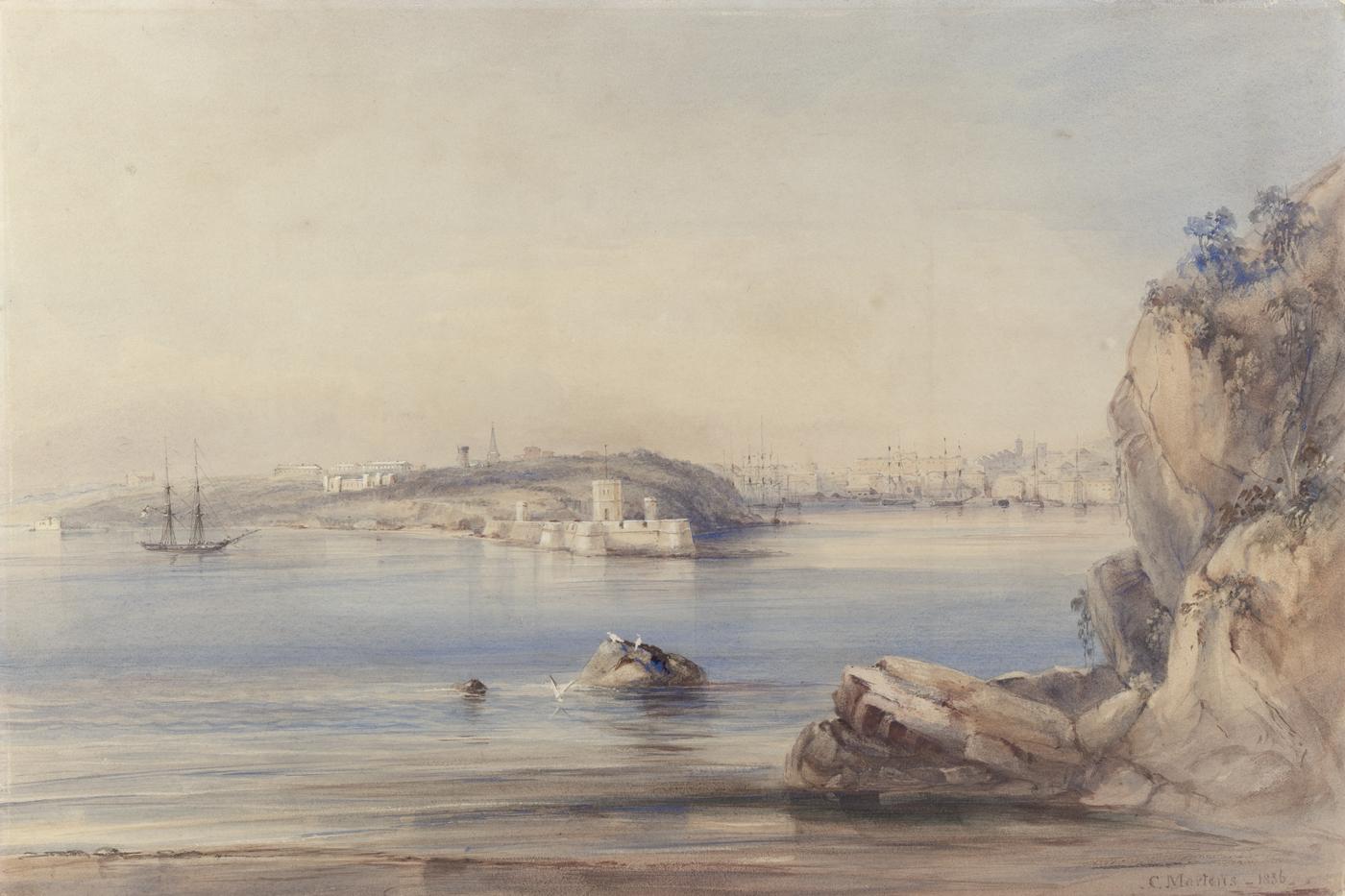
Three well-known buildings designed by Francis Greenway are: The Barracks (today the Hyde Park Barracks), Government House Stables (today the Conservatorium of Music) and St James’ Church. These buildings can still be seen in Sydney today.
For the following activity study the image below of Convict Barrack Sydney N.S. Wales.
Describe what you can see in the image. Look carefully at:
- The building (size, what they are made from)
- The surrounds (other buildings, environment, numbers of people, traffic etc)
Answer the following:
- What are the people in the image doing?
- Who created the image?
- When was it created?
- Why might it have been created?
- Do you think the building was built to blend in or stand out? Why?
Choose from the other sources (Government House Stables from the Domain, St. James' Church, Supreme Court House &c, and Sydney Cove from the North Shore) and work individually, or in small groups, to answer the same questions as above.
You may wish to share your source and analysis with the class.
Source Analysis 3
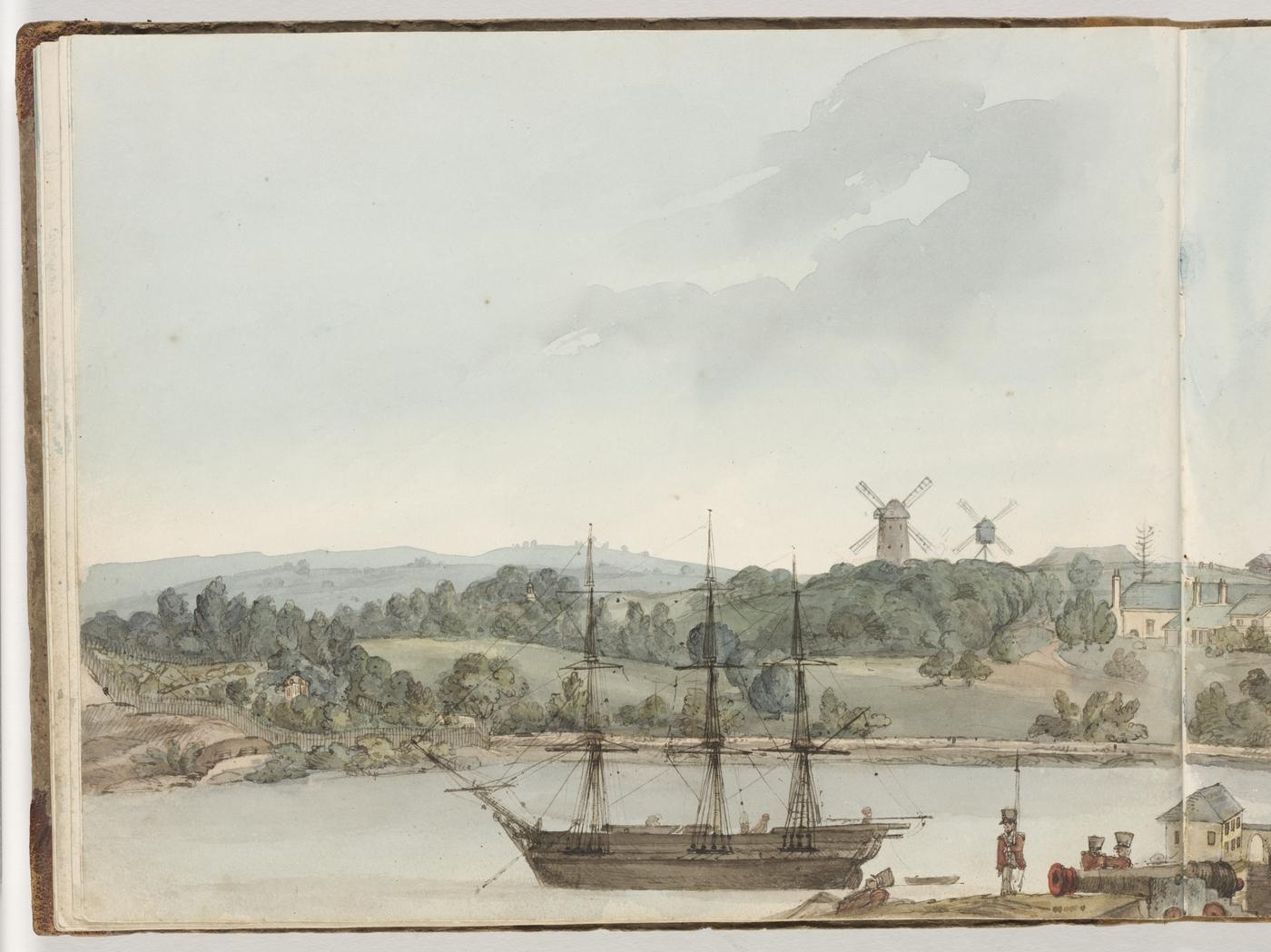
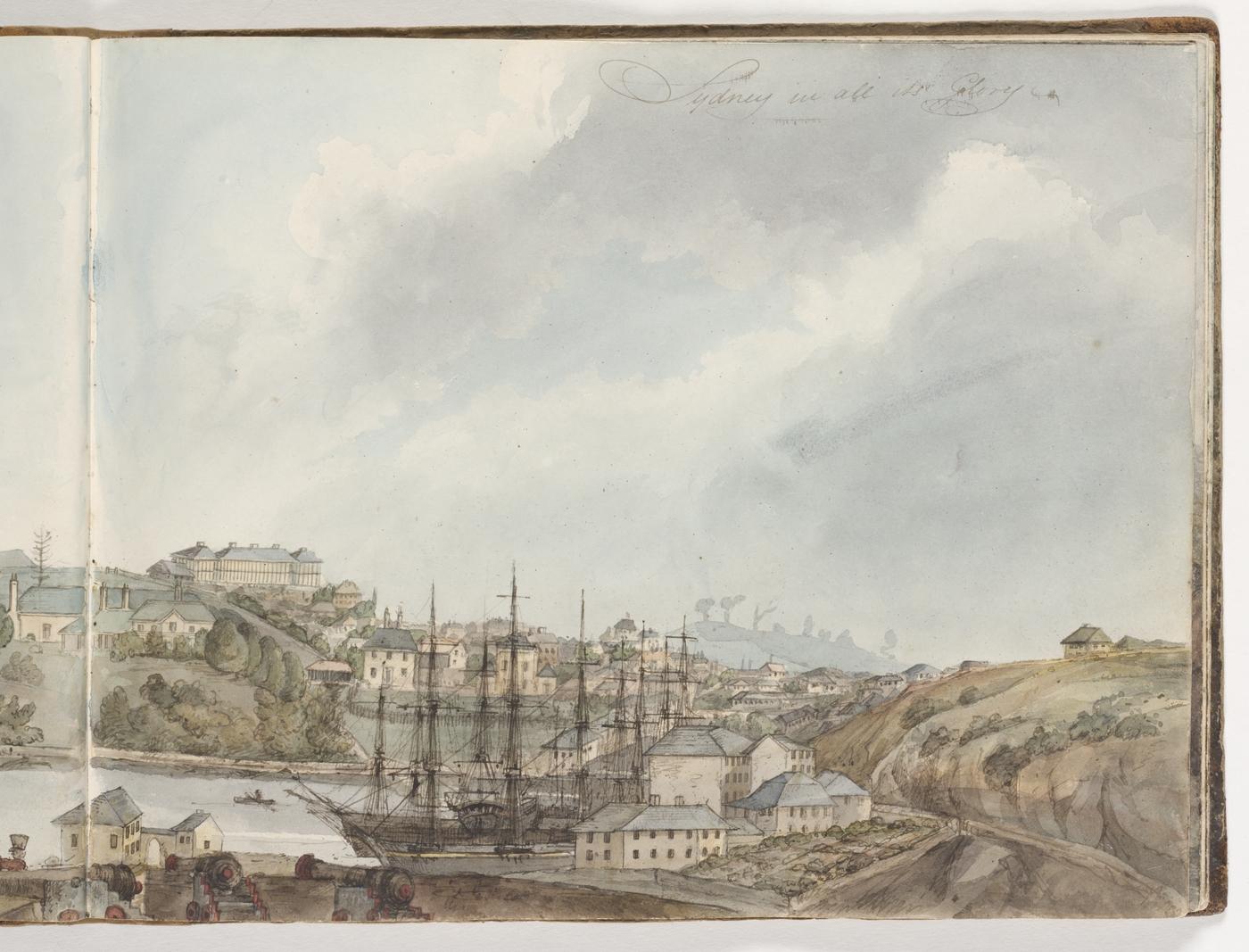
Look at the image below (Sydney in all its glory - there are two parts) of Sydney from 1817.
Describe what you can see in the image. Look carefully at:
- The size of the colony
- The buildings (What sizes are they? What would they be used for? What could they be made from?)
- The surrounding trees and plants
- The people
- Other objects in the painting
Compare the images of Sydney from 1803 (Sydney from the western side of the Cove - see Task 1) and 1817 (Sydney in all its glory - there are two parts).
Answer the following: How has the city changed? Think about:
- The number of buildings
- The size of the buildings
- What the buildings might be built from, and how well they appear to be built
- The vegetation
- How close the buildings are to each other
- How the buildings are arranged
- What else can you see in this painting that indicates a change in the colony?
Answer the following: If you lived in Sydney from 1803 to 1817, how might life have changed in the colony?
Look at the image below, from 1827 (Sydney from the North Shore).
This image was painted 10 years after the last painting.
Answer the following:
- Who created the painting?
- Why might this painting have been created?
Describe what you can see in the image. Look carefully at:
- The size of the colony
- The buildings (What sizes are they? What would they be used for? What could they be made from?)
- The surrounding trees and plants
- The people
- Other objects in the painting
Answer the following:
- How has the city changed since 1817?
- If you lived in Sydney from 1817 to 1827, how might life have changed in the colony?
- Can you see any of the buildings built by Greenway and Macquarie that you have been studying? Which ones? Do they stand out? Why or why not?
- How do you think the people of Sydney would feel about their new buildings?
- What do these paintings show us is happening to the colony of Sydney over time?
- How do you think these changes affected the Aboriginal people living on this land?